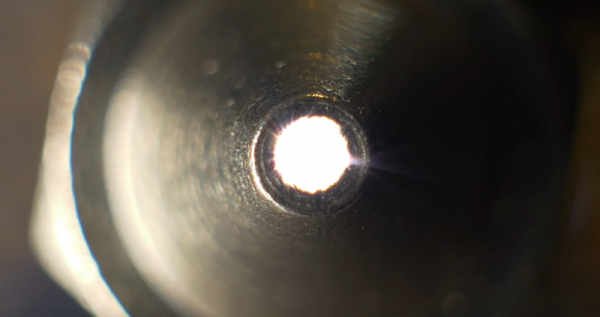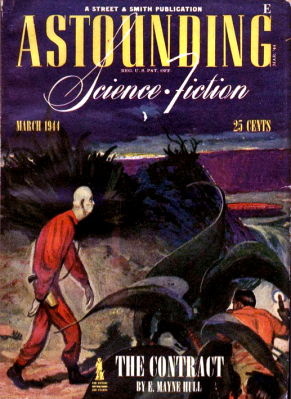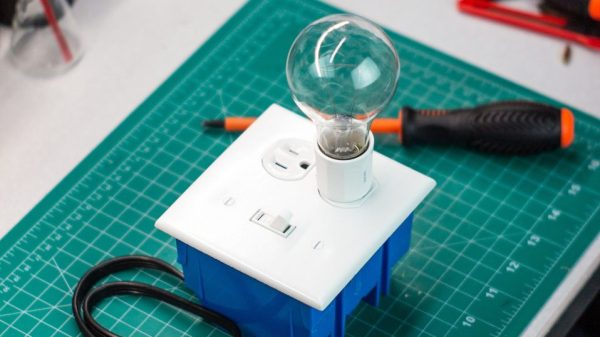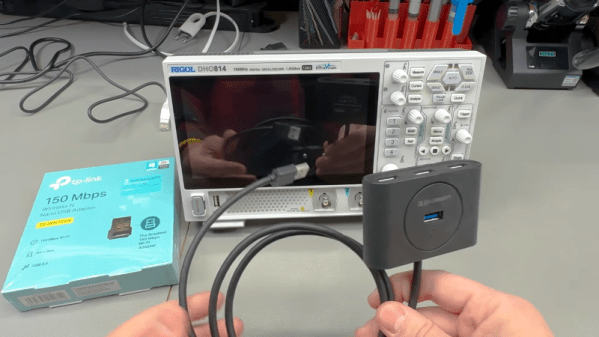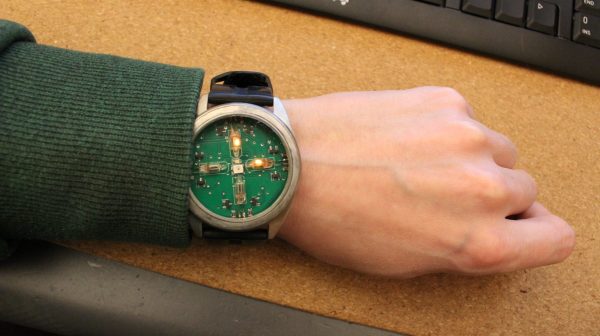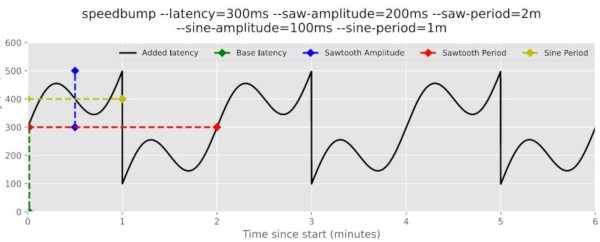You probably see a frit every day and don’t even notice it. What is it? You know the black band around your car’s windshield? That’s a frit (which, by the way, can also mean ingredients used in making glass) or, sometimes, a frit band. What’s more, it probably fades out using a series of dots like a halftone image, right? Think that’s just for aesthetics? Think again.
Older windshields were not always attached firmly, leading to them popping out in accidents. At some point, though, the industry moved to polyurethane adhesives, which are superior when applied correctly. However, they often degrade from exposure to UV. That’s a problem with a windshield, which usually gets plenty of sunlight.
The answer is the frit, a ceramic-based baked-on enamel applied to both sides of the windshield’s edges, usually using silk screening. The inner part serves as a bonding point for the adhesive. However, the outer part blocks UV radiation from reaching the adhesive. Of course, it also hides the adhesive and any edges or wiring beneath it, too.


